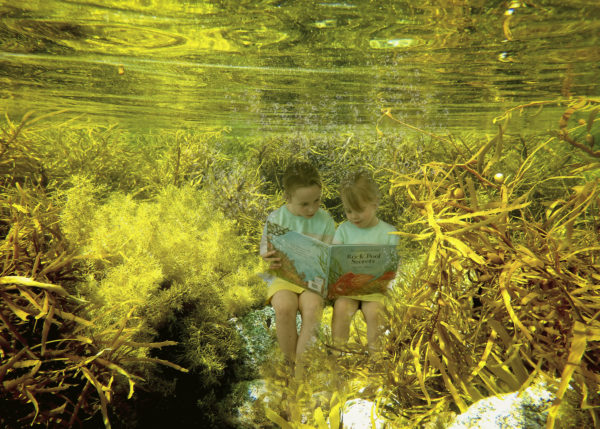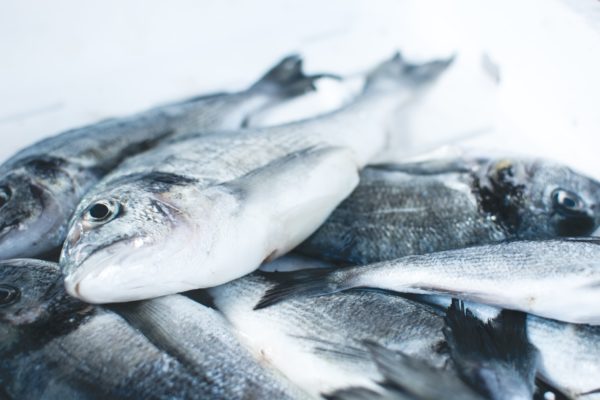Ongoing research into the “fantastic phenomenon” of shorebird migration has revealed surprising information about the birds’ parenting habits.
On King Island in the middle of Bass Strait, Professor Marcel Klaassen, Director of Deakin University’s Centre for Integrative Ecology (CIE), is patiently catching shorebirds and removing tiny geolocator devices from their legs.
The tracking devices were attached last time the birds visited this little cove on the island, as part of an ongoing program tracing the movements of migratory shorebirds and wading birds.
Each year the birds journey thousands of kilometres from their winter breeding grounds in the Artic to their summer homes in the Southern Hemisphere.
Professor Klaassen explained that the geolocators measure light intensity, recording information on longitude and latitude. The stored information can be downloaded at journey’s end to give a clear picture of the birds’ migratory and breeding habits.
However, as a new paper in “Nature” reveals, the data has also provided unexpected information into the ways that shorebirds perform their parenting roles.
“Lead author, Martin Bulla from the Max Planck Institute for Ornithology in Germany, thought to use the data collected by different scientists and volunteer groups around the world to examine how the birds are incubating and sharing parental roles and how they protect their eggs,” Professor Klaassen said.
“So this paper is an amazing by-product of all our projects.”
The collaborative research paper, “Unexpected diversity in socially synchronised rhythms of shorebirds,” analysed data from 729 nests of 32 different shorebird species, monitored over 20 years to understand how the birds synchronise their daily schedules to take turns in incubating their eggs.
It reveals that when it comes to sharing parental responsibilities, shorebirds adapt their behaviour to take shifts to look after their nests.
However, this behaviour varies widely between different species. In most cases, it circumvents natural circadian rhythms governed by the 24-hour light–dark cycles and instead seems driven by anti-predation strategies.
[testimonial_text]The amazing thing is the diversity – all the species found different ways of coping with the harsh environment they breed in[/testimonial_text]
[testimonial_picture name=”Professor Marcel Klaassen” details=”Director of Deakin University’s Centre for Integrative Ecology (CIE)”]
 [/testimonial_picture]
[/testimonial_picture]“Plovers, for example, never incubate for longer than 12 hours at a time, but sandpipers will sit on their nest for nearly a whole day at a time.”
The paper’s authors noted that the way in which the two parents synchronise their rhythms seemed to be linked to how the birds fend off predators.
Birds that actively led predators away from the nest tended to have shorter incubation bouts, whereas those that relied on camouflage incubated for longer, presumably to avoid revealing the location of their nests to predators.
The authors said the variation in synchronised social rhythms observed in the birds in their natural environment was far more diverse than under laboratory conditions and showed that social cues could have a stronger influence on certain behaviours than the circadian clock.
Professor Klaassen said volunteers had been crucial in collecting the data used in the study, particularly the Victorian Wader Study Group and the Queensland Wader Study Group, both of whom are part of the Australasian Wader Study Group.
Many of them were with him on King Island working to retrieve the geolocators.
“There is a fantastic legion of volunteers doing a marvellous job to collect the data,” he said.
“They are an extremely dedicated group of people who care about conservation and don’t want this fantastic phenomenon that is shorebird migration to disappear from our shores.
“Because it is not going well for shorebirds. They are suffering from climate change and the irreparable destruction of their habitat on the coastlines they visit during migration.”
Read the paper online in “Nature”.



